Not all air pollution is the same—and neither are the filters that deal with it.
If you're trying to choose the right face mask or indoor air filter, it helps to know exactly what you're up against. The two main culprits? Particulate matter and volatile organic compounds (VOCs). They come from different sources, behave in different ways, and most importantly, require different types of filtration.
Here’s a quick, no-nonsense guide to what sets them apart—and how to protect yourself.
What Exactly Are Particulates?
Particulates (or PM, for "particulate matter") are tiny solid or liquid bits floating in the air. They’re usually broken down by size:
- PM10: Think dust, pollen, and mold spores
- PM2.5: Finer particles like car exhaust and wood smoke
- PM1.0 and below: Ultrafine stuff—often from urban air pollution or industrial sites
The smaller the particle, the deeper it can get into your lungs—and some can even reach your bloodstream. Long-term exposure to PM2.5 and smaller has been linked to heart issues, lung problems, and even cognitive decline.
And VOCs?
VOCs are a different beast. These are gases released by certain liquids and solids, often without you noticing. You’ll find them in:
- Paint, varnish, and glue
- Nail polish, hair dye, and salon sprays
- Cleaning products and air fresheners
- Exhaust fumes
- New furniture or flooring (aka “off-gassing”)
While they’re not visible particles, they’re no less harmful. Short-term exposure can leave you dizzy or with a headache. Long-term? Think liver damage or increased cancer risk.
How Do Filters Actually Help?
To Block Particulates
You’ll want mechanical filtration—a dense web of filter fibers that physically trap particles as air passes through. Think N95 masks or air purifiers with HEPA-grade filters.
The AirWeave Copper Filter falls into this camp. It blocks over 97% of airborne particulates and even includes antibacterial copper, making it perfect for public transport, flights, or anywhere else the air feels thick.
To Capture VOCs
Here’s where activated carbon comes in. This type of filter doesn’t trap particles—it captures gases. Its porous surface pulls in chemical molecules and binds them, removing smells and airborne toxins mechanical filters miss.
The AirWeave Carbon Filter uses this exact approach. Ideal for hair salons, painting, or just being stuck in traffic breathing in exhaust.
Which One Should You Use?
If your day includes traffic fumes, salon chemicals, strong smells, or you're just sensitive to air quality—go with the AirWeave Carbon Filter.
If you're more worried about viruses, smoke, or everyday pollution, the AirWeave Copper Filter has your back.
Pro tip: Some environments throw both types of pollutants at you—so consider rotating filters depending on where you’re headed.
The Takeaway
You don’t need to settle for one-size-fits-all protection.
With AusAir’s modular AirWeave Mask, you can swap filters depending on your needs—without changing masks. Because the air you breathe changes, and your protection should too.
- AirWeave Carbon: For chemicals, smells, and VOC-heavy spaces
- AirWeave Copper: For particulates, bacteria, and urban air pollution

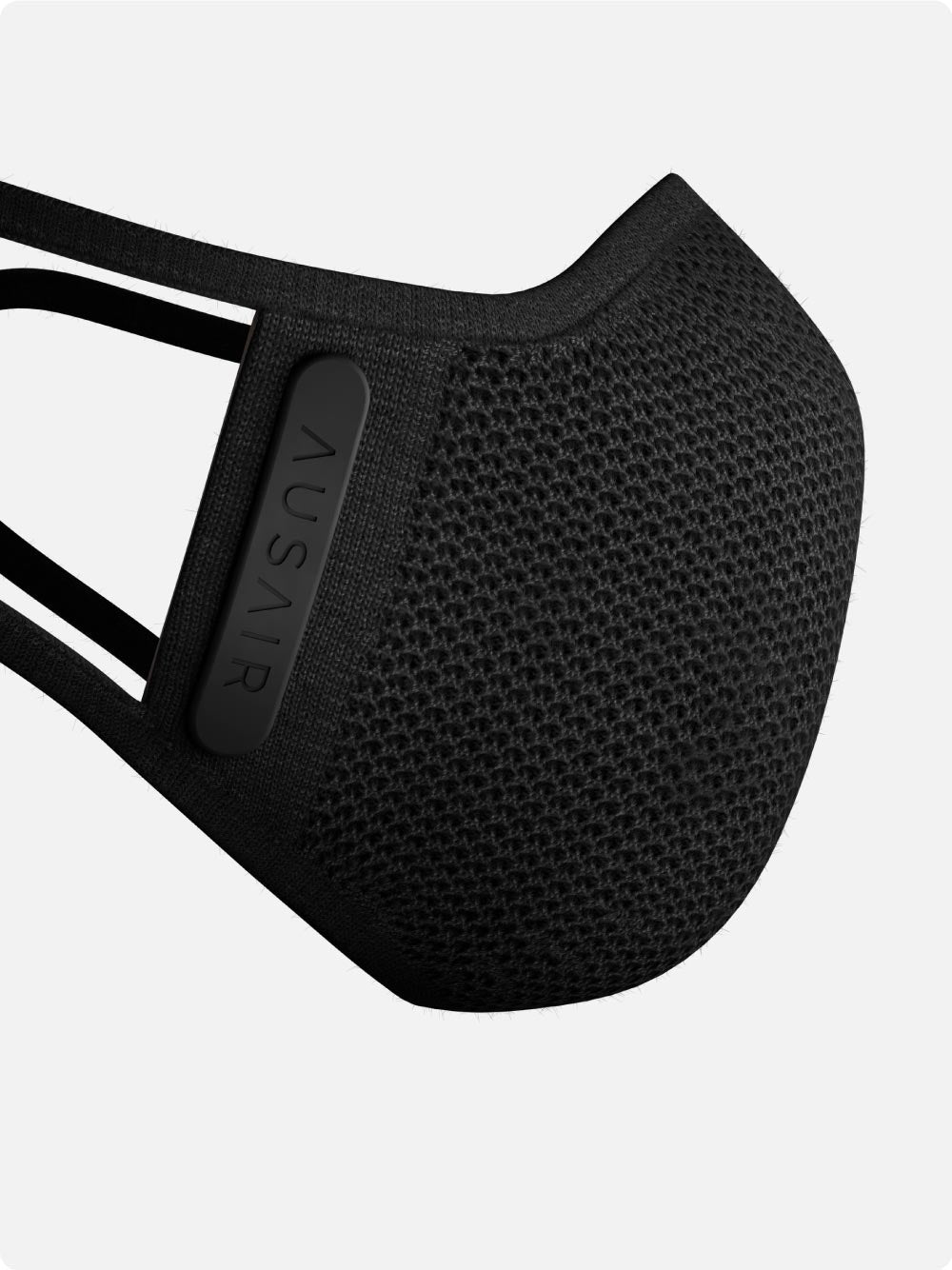
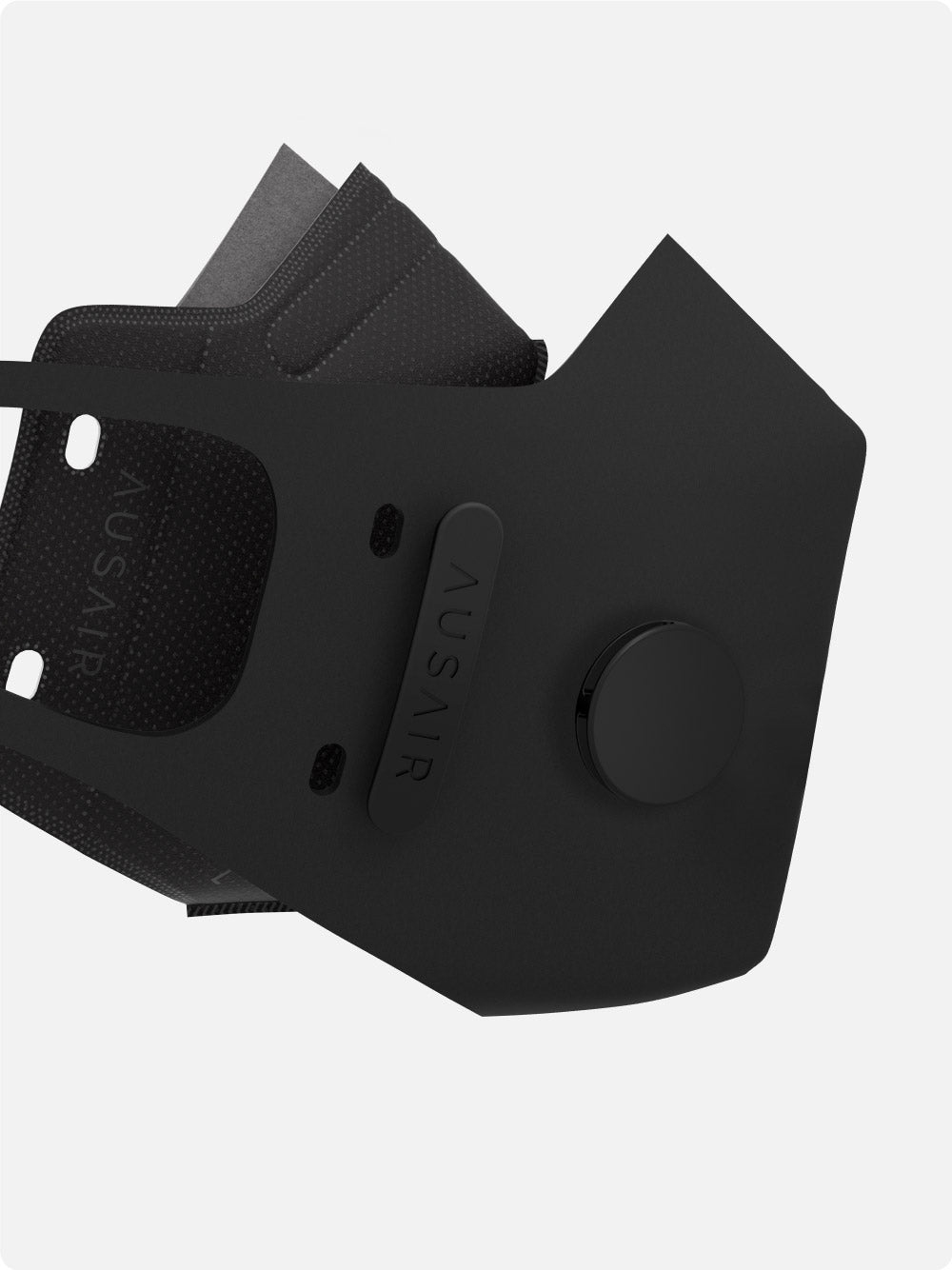
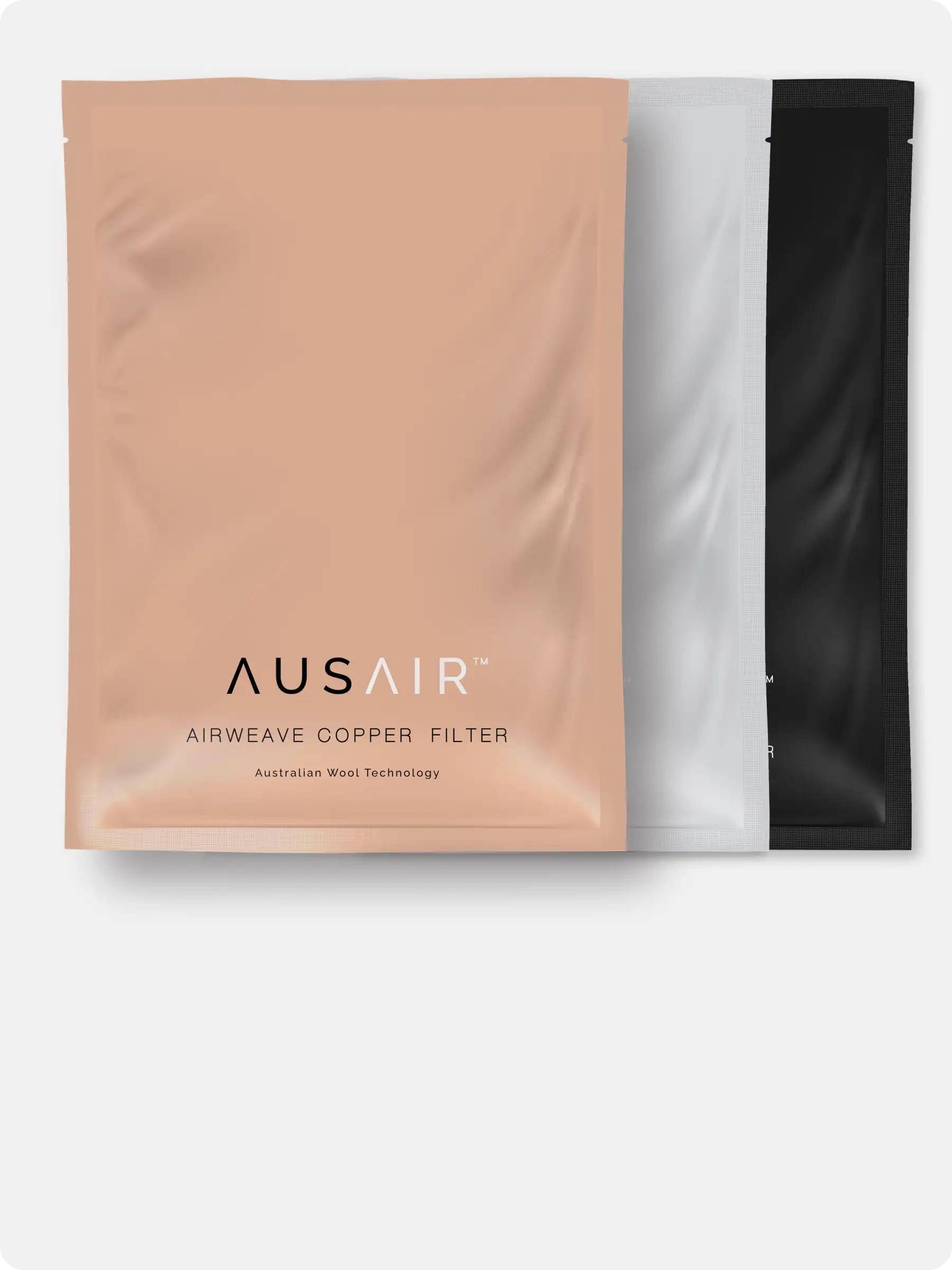
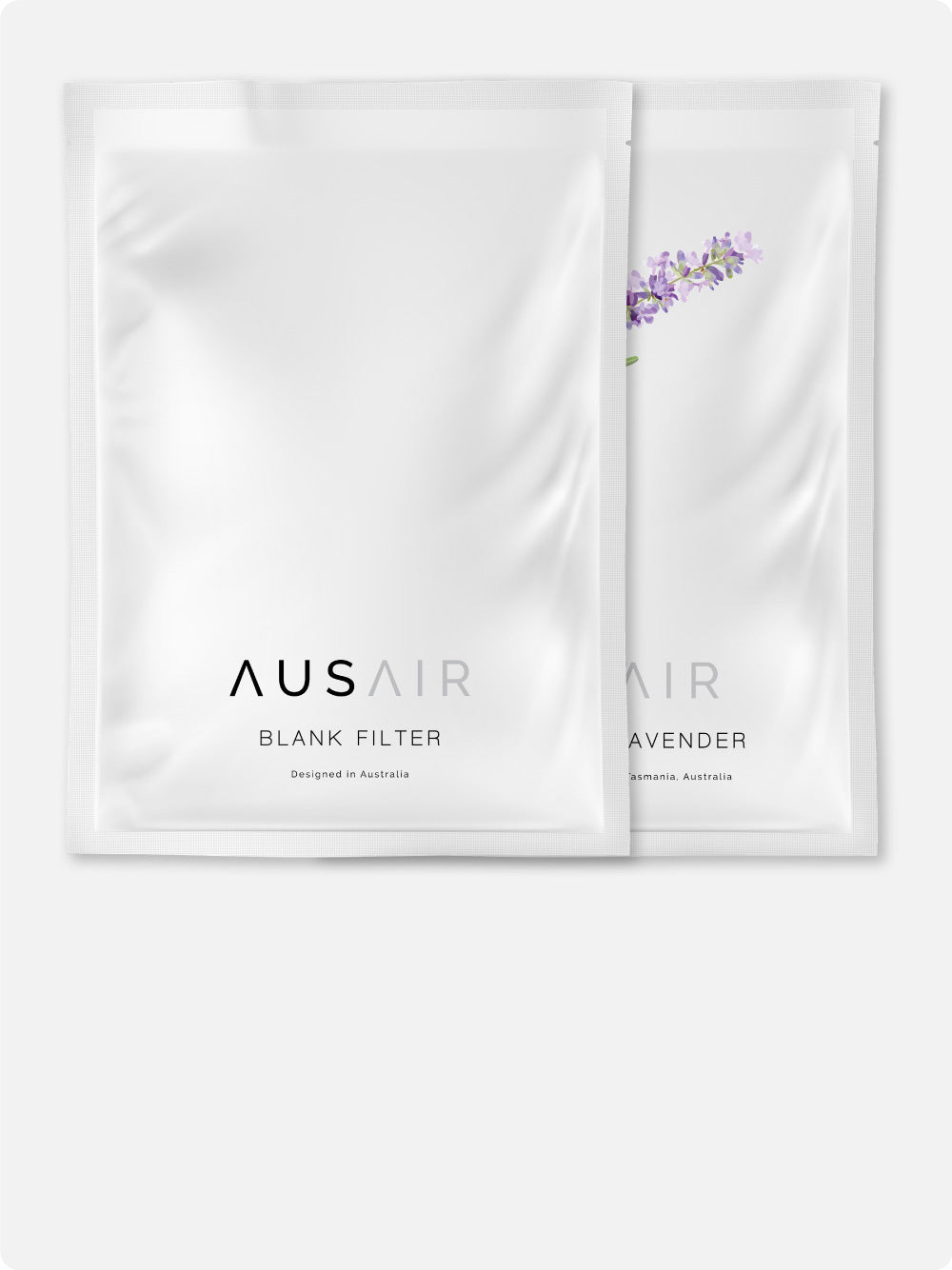
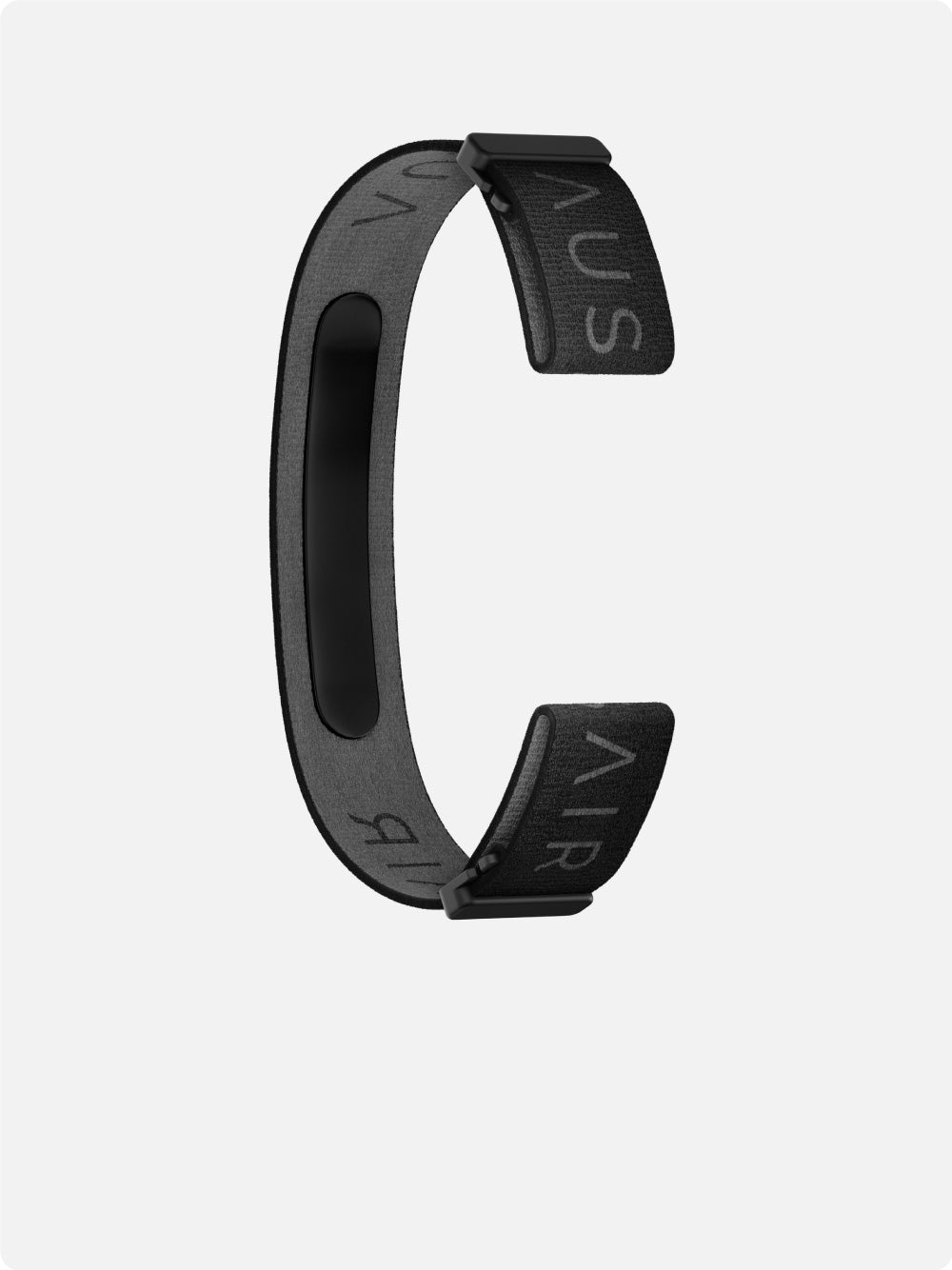
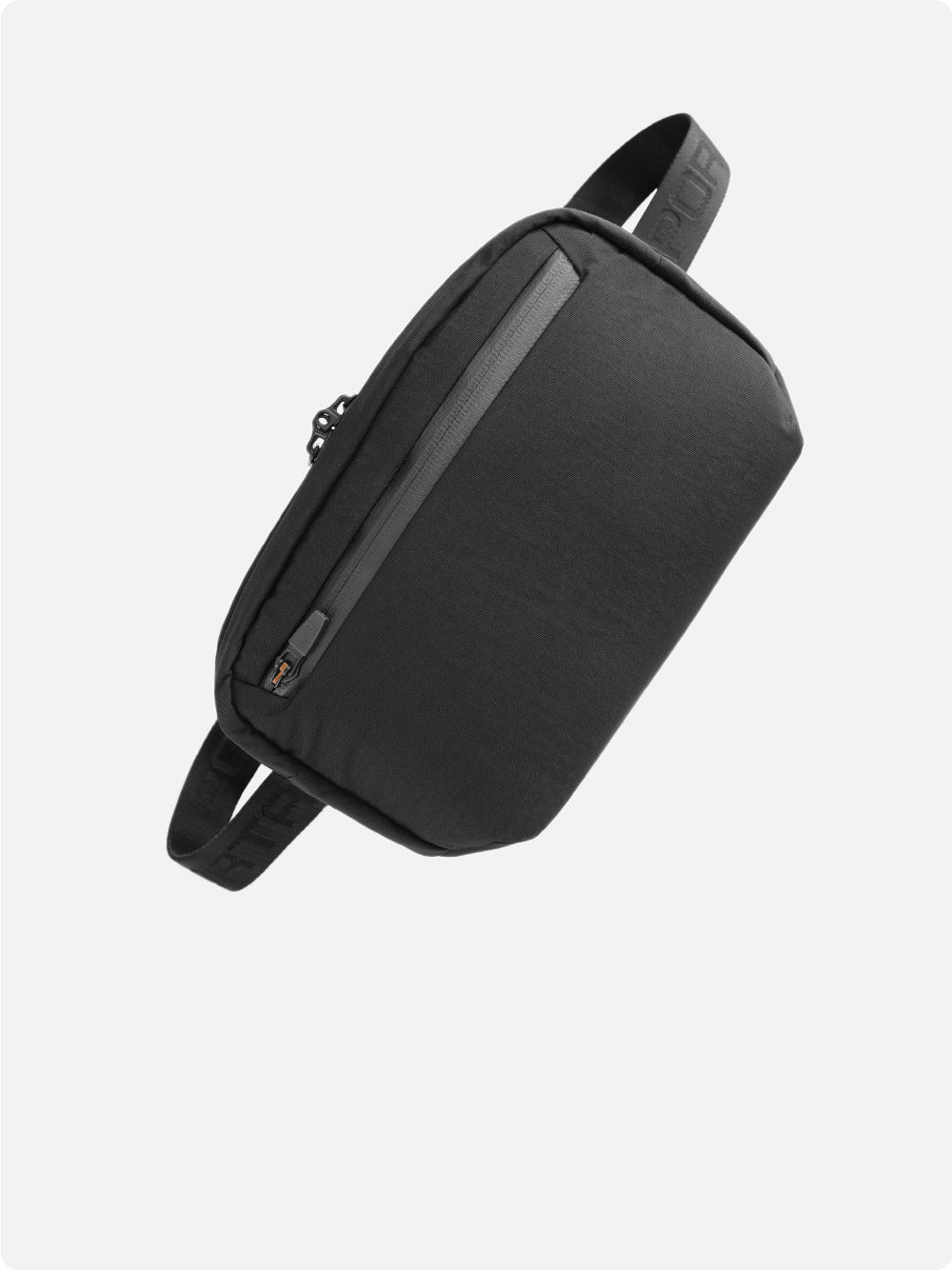
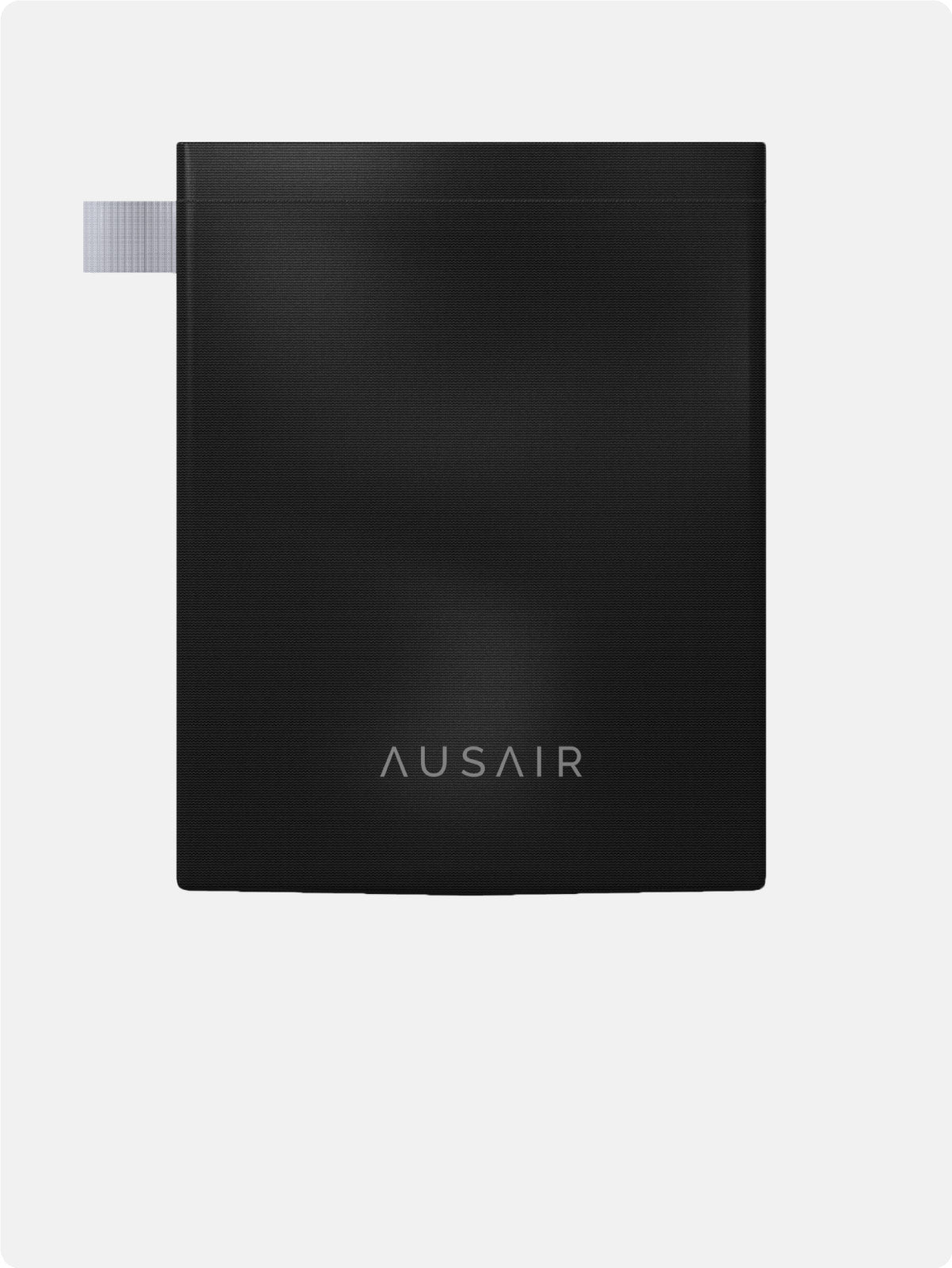
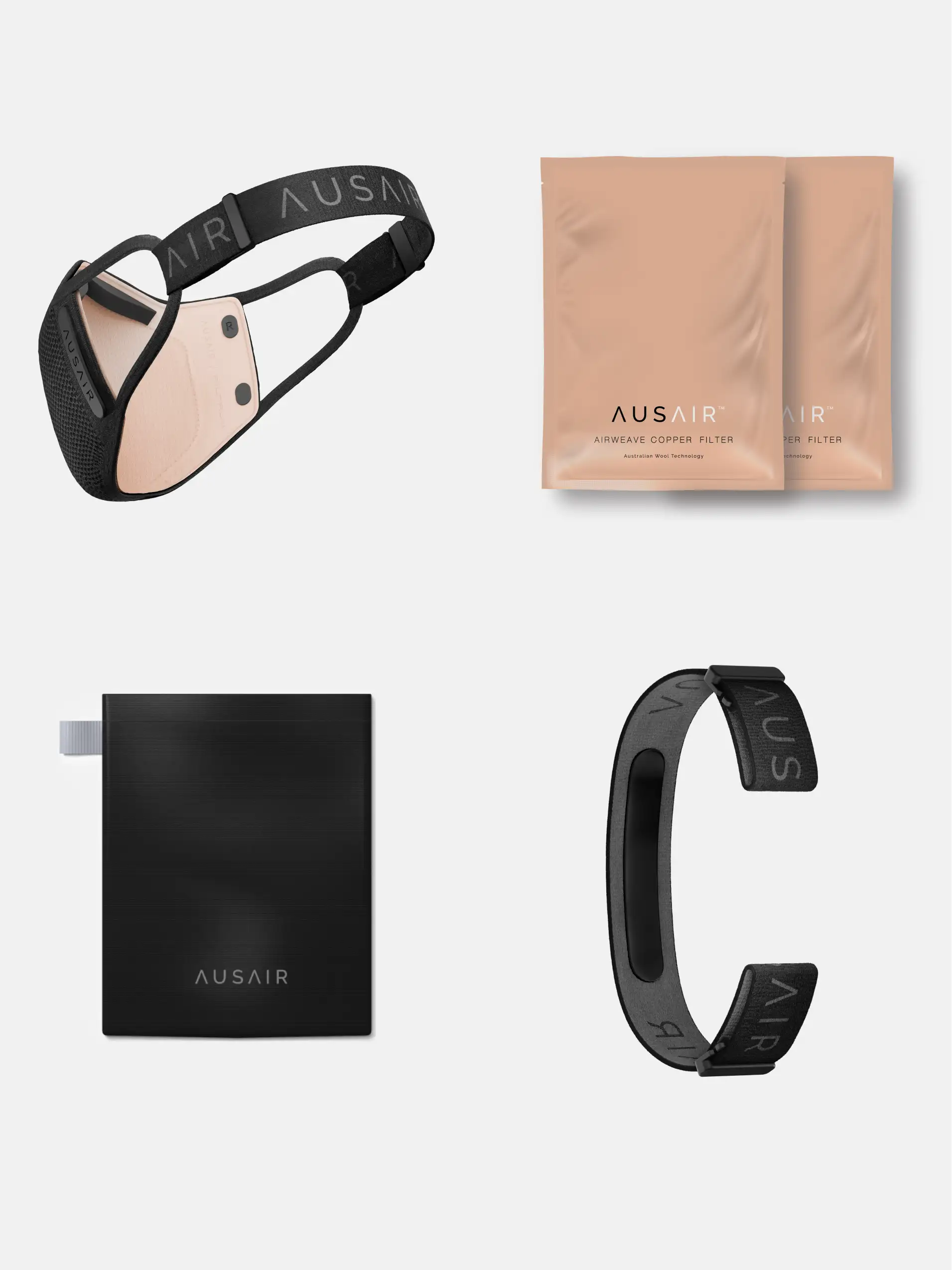
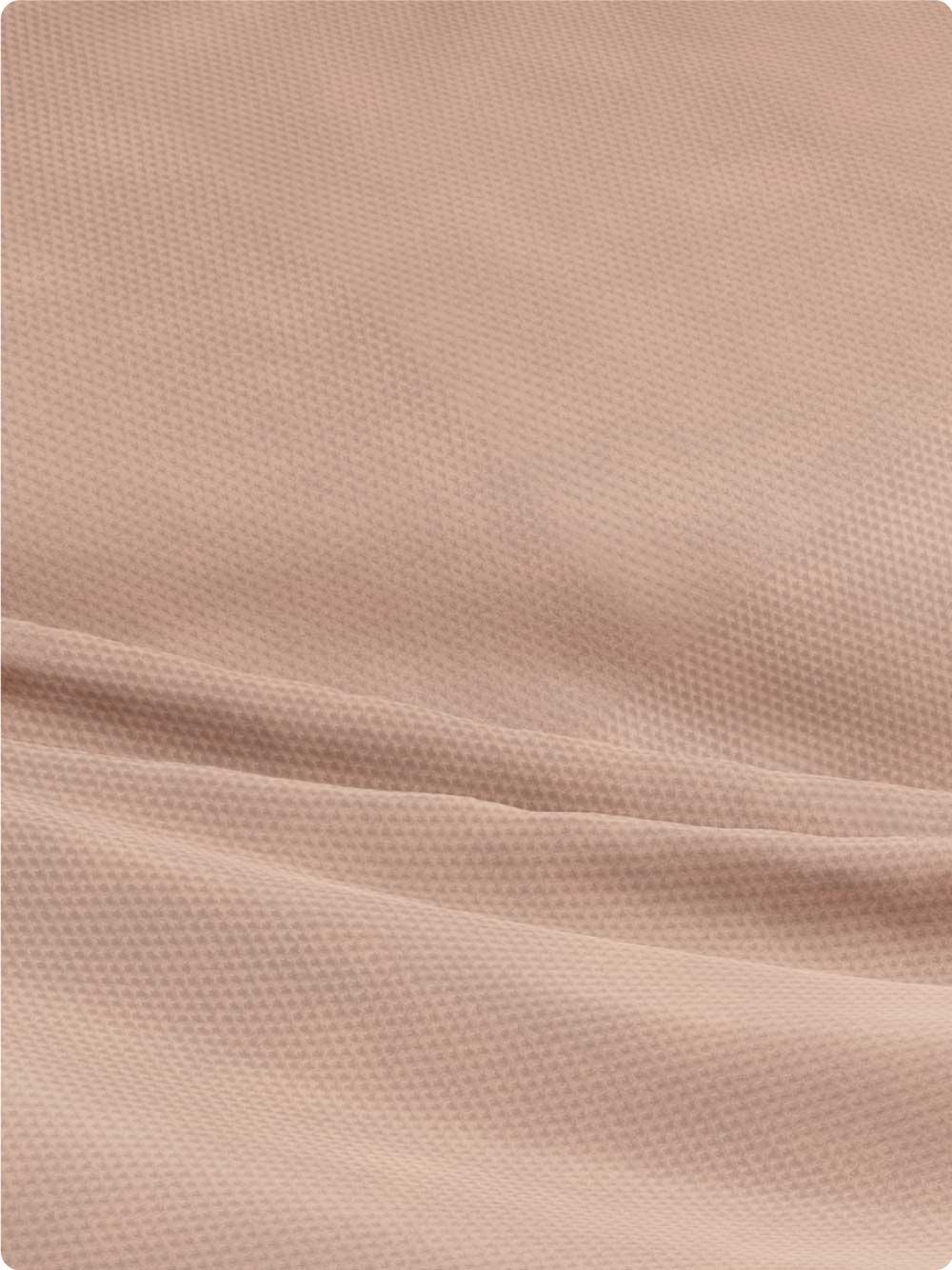



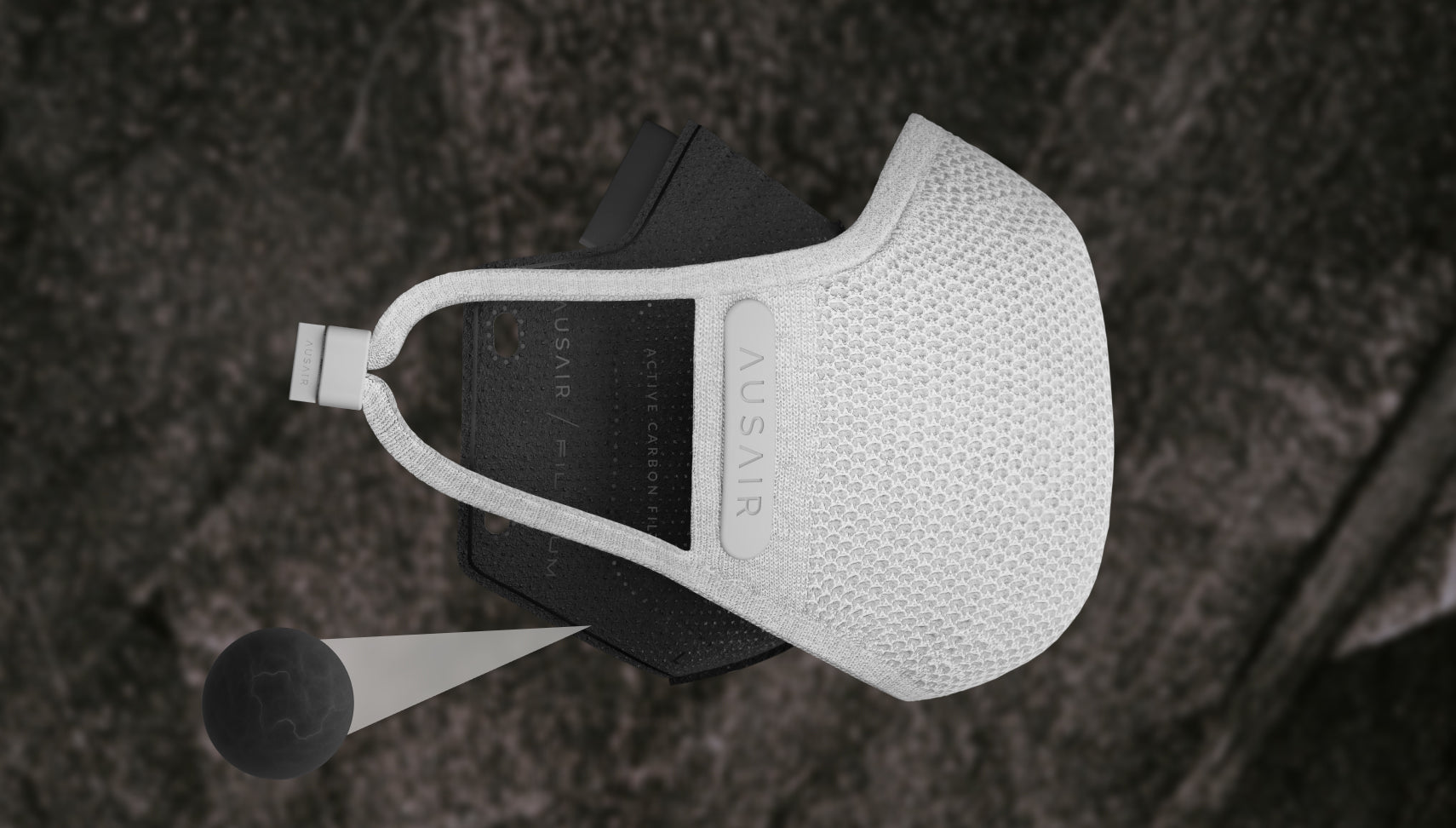
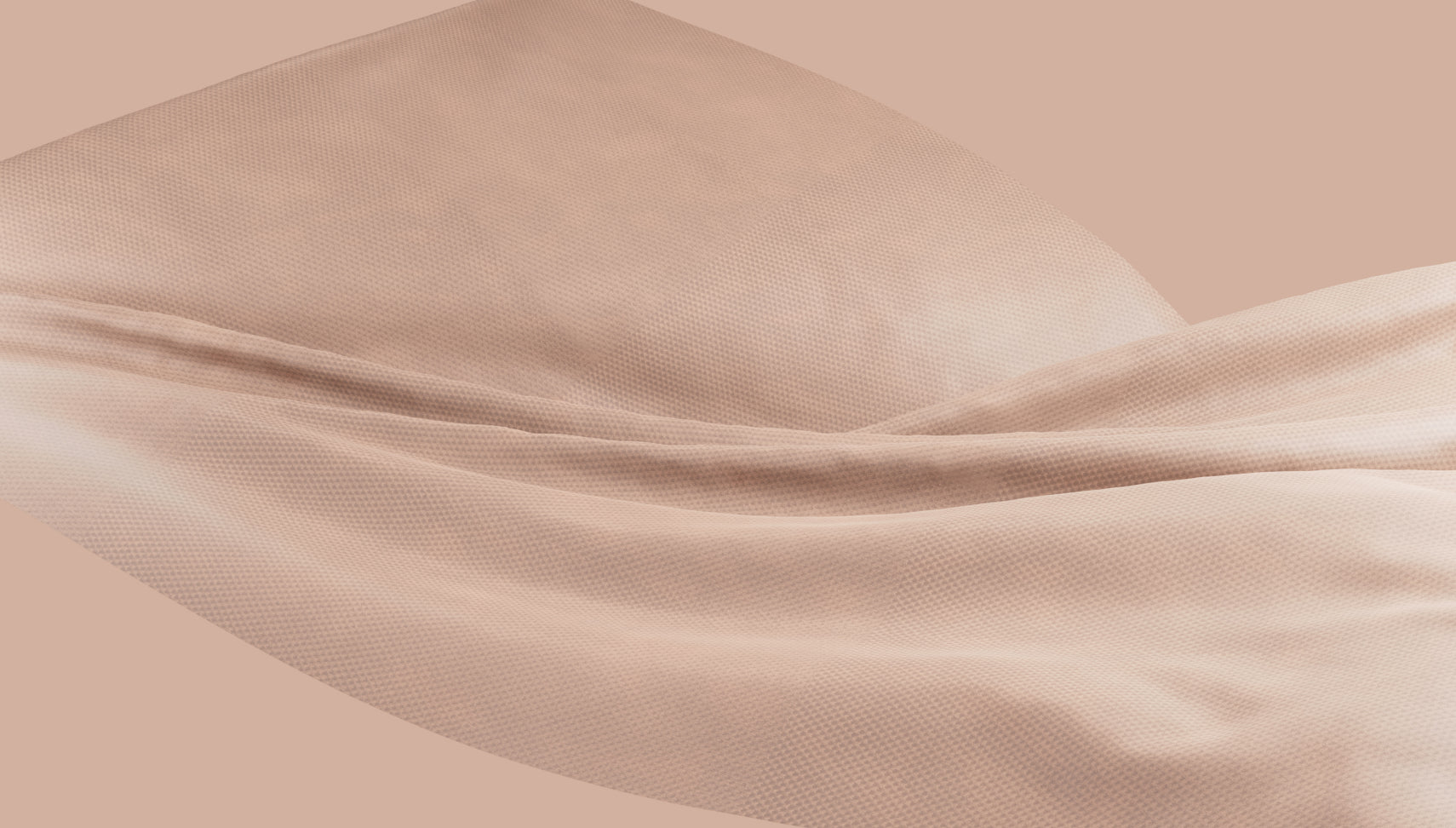
Leave a comment
All comments are moderated before being published.
This site is protected by hCaptcha and the hCaptcha Privacy Policy and Terms of Service apply.